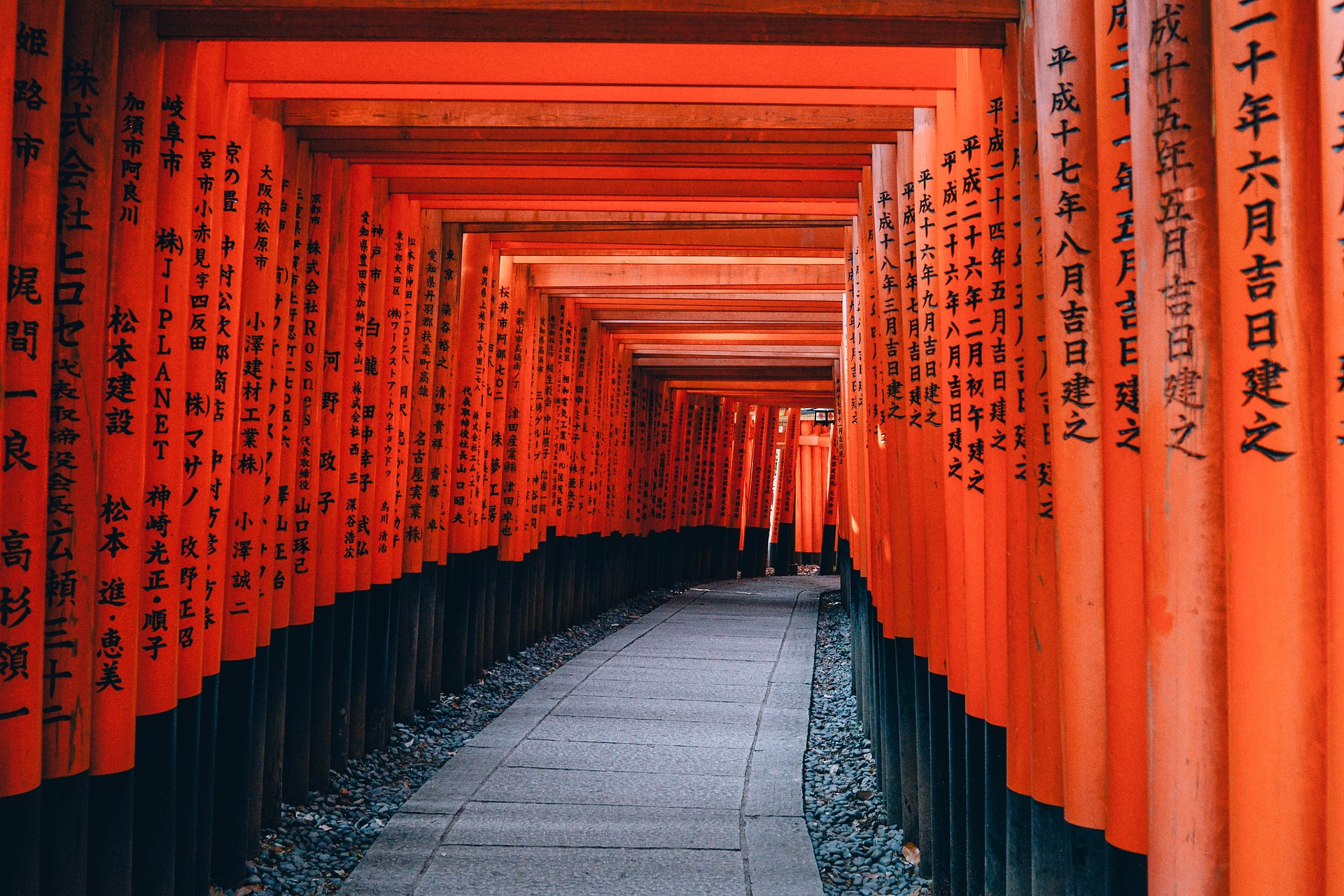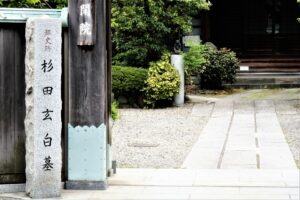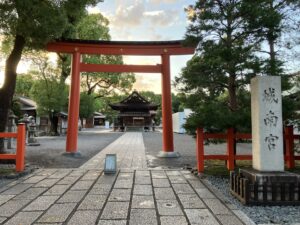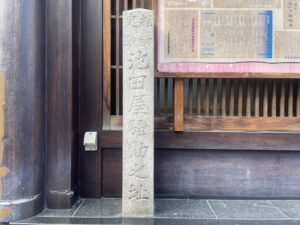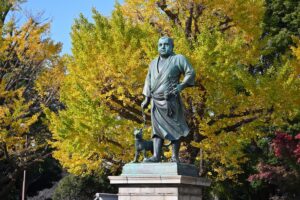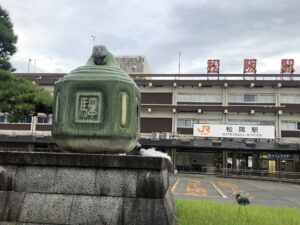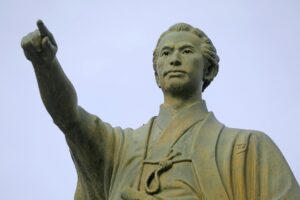This article delves into the essence of Shinto, exploring its origins, core beliefs, practices, and its influence on Japanese culture. Designed for cultural enthusiasts, students, travelers, and spiritual seekers, it provides a comprehensive overview of Shinto, its deities, rituals, and modern-day relevance. Readers will also gain insights into related topics such as the environmental aspects of Shinto and its portrayal in popular culture.
What is Shinto?
Shinto, also known as “the way of the gods,” is the indigenous spirituality of Japan. Rooted deeply in the country’s culture and history, Shinto encompasses a wide range of practices and beliefs centered around the reverence of Kami, or spirits, which are believed to inhabit all things. Unlike many other religions, Shinto does not have a single founder, sacred scripture, or dogma. Instead, it is a collection of rituals, myths, and traditions that have been passed down through generations. Shinto practices are often integrated with other religious traditions, particularly Buddhism, reflecting the syncretic nature of Japanese spirituality.
The Origins of Shinto
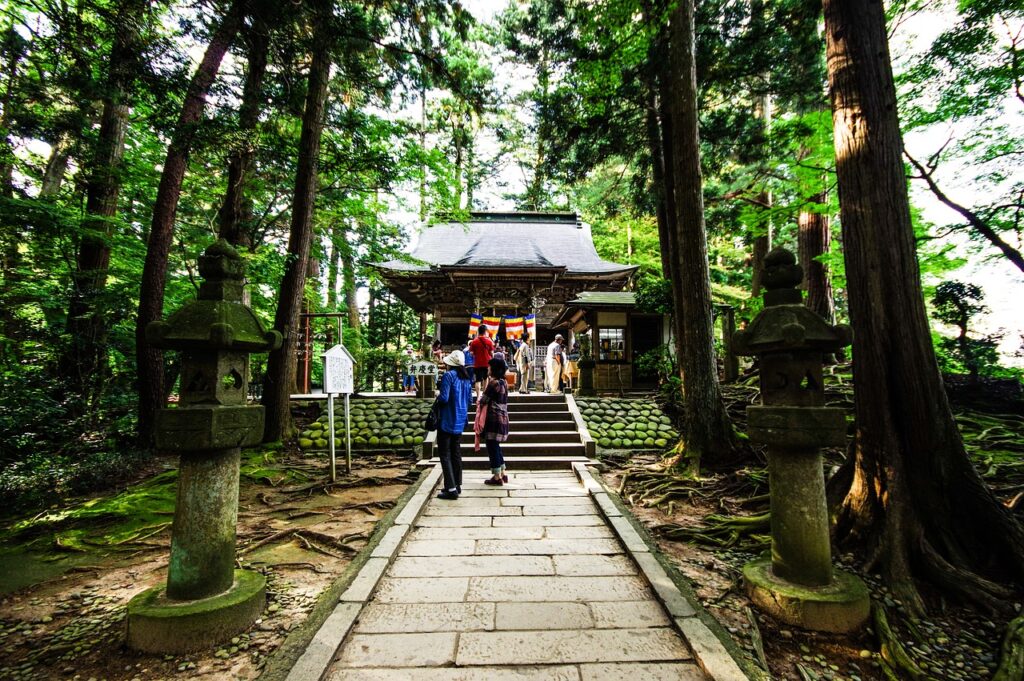
Shinto’s origins can be traced back to the early Jomon period of Japanese prehistory, around 14,000 BCE. As an animistic faith, it evolved from the naturalistic and ancestor worship practices of early Japanese communities. The foundational myths of Shinto are encapsulated in ancient texts such as the Kojiki (“Records of Ancient Matters”) and the Nihon Shoki (“Chronicles of Japan”), compiled in the 8th century. These texts recount the creation of Japan by the Kami and the divine lineage of its emperors. Over time, Shinto rituals became formalized, particularly during the Nara and Heian periods, when it was recognized as a state religion, intertwined with the imperial court.
Core Beliefs and Deities
Central to Shinto belief is the concept of Kami, which are spirits or deities that can be found in nature, objects, and ancestors. Kami are not omnipotent beings but are considered to be part of the natural world and interact with humans. The most important Kami is Amaterasu, the sun goddess, who is regarded as the progenitor of the Japanese imperial family. Other significant Kami include Susanoo, the storm god, and Inari, the rice god, often associated with prosperity and agriculture. Shinto emphasizes purity and the removal of impurities through rituals and ceremonies, which are essential for maintaining harmony between humans and Kami.
Shinto Practices and Rituals
Shinto practices are diverse and often centered around shrines, which are considered the dwellings of Kami. Common rituals include purification (misogi), offerings (shinsen), and prayers (norito). Seasonal festivals, or matsuri, play a significant role in Shinto and are occasions for communities to come together to honor Kami through music, dance, and food. These festivals, such as the famous Gion Matsuri in Kyoto, are deeply embedded in Japanese culture and often mark agricultural or historical events.
| Festival/Event | Type | Historical Significance |
|---|---|---|
| Gion Matsuri | Shinto | Celebrated in Kyoto, dating back to 869 CE, to appease the gods during an epidemic. |
| Aoi Matsuri | Shinto | Held in Kyoto, dating back to the 7th century, celebrating the Kamo deities. |
| Kanda Matsuri | Shinto | Held in Tokyo, dates back to the Edo period, celebrating the Kanda Myojin shrine. |
| Tanabata | Cultural | Celebrated across Japan, originating from the Chinese Qixi Festival, marking the meeting of deities Orihime and Hikoboshi. |
| Obon | Cultural | A Buddhist-Confucian custom, honoring the spirits of ancestors, celebrated for over 500 years. |
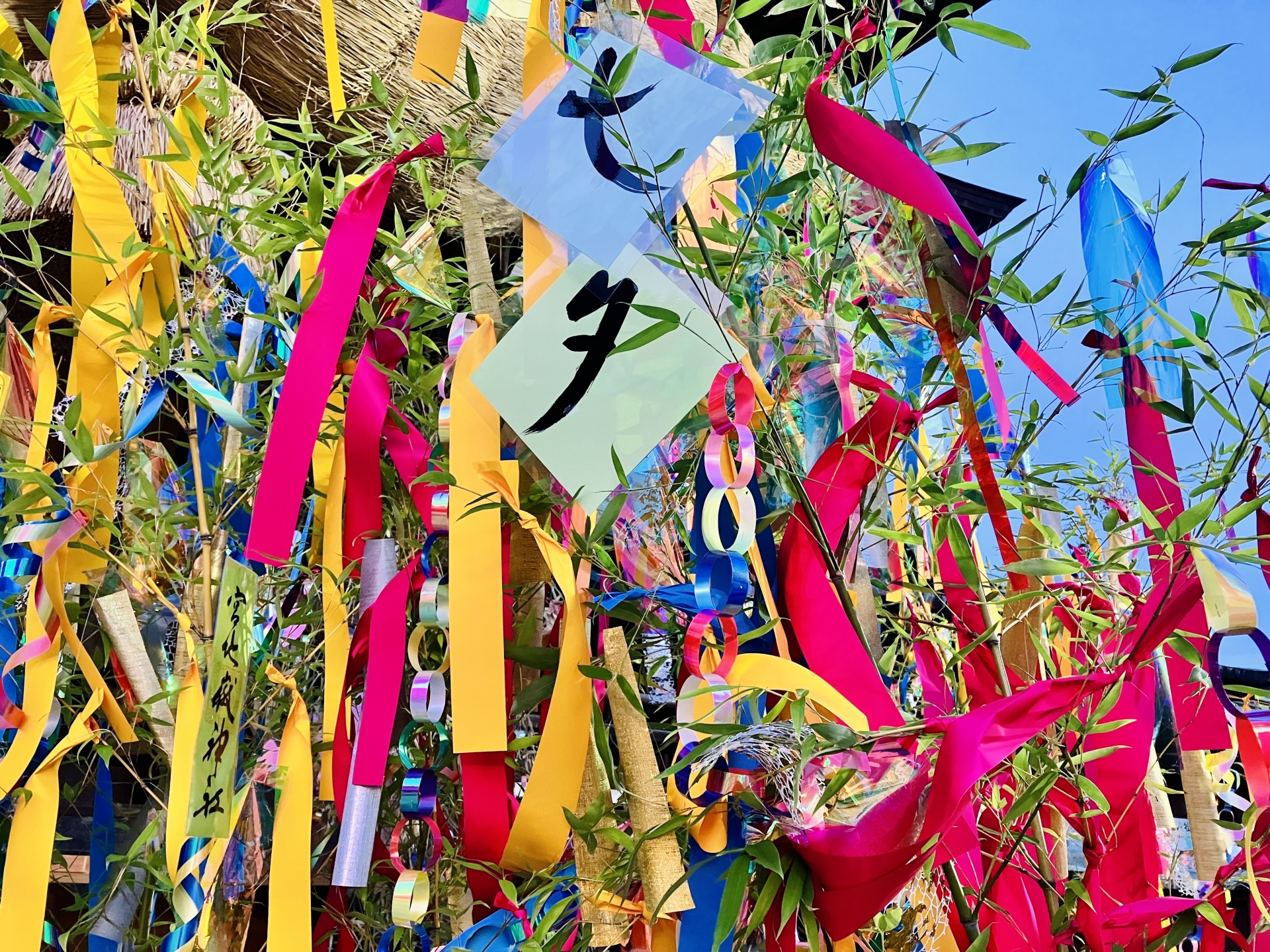
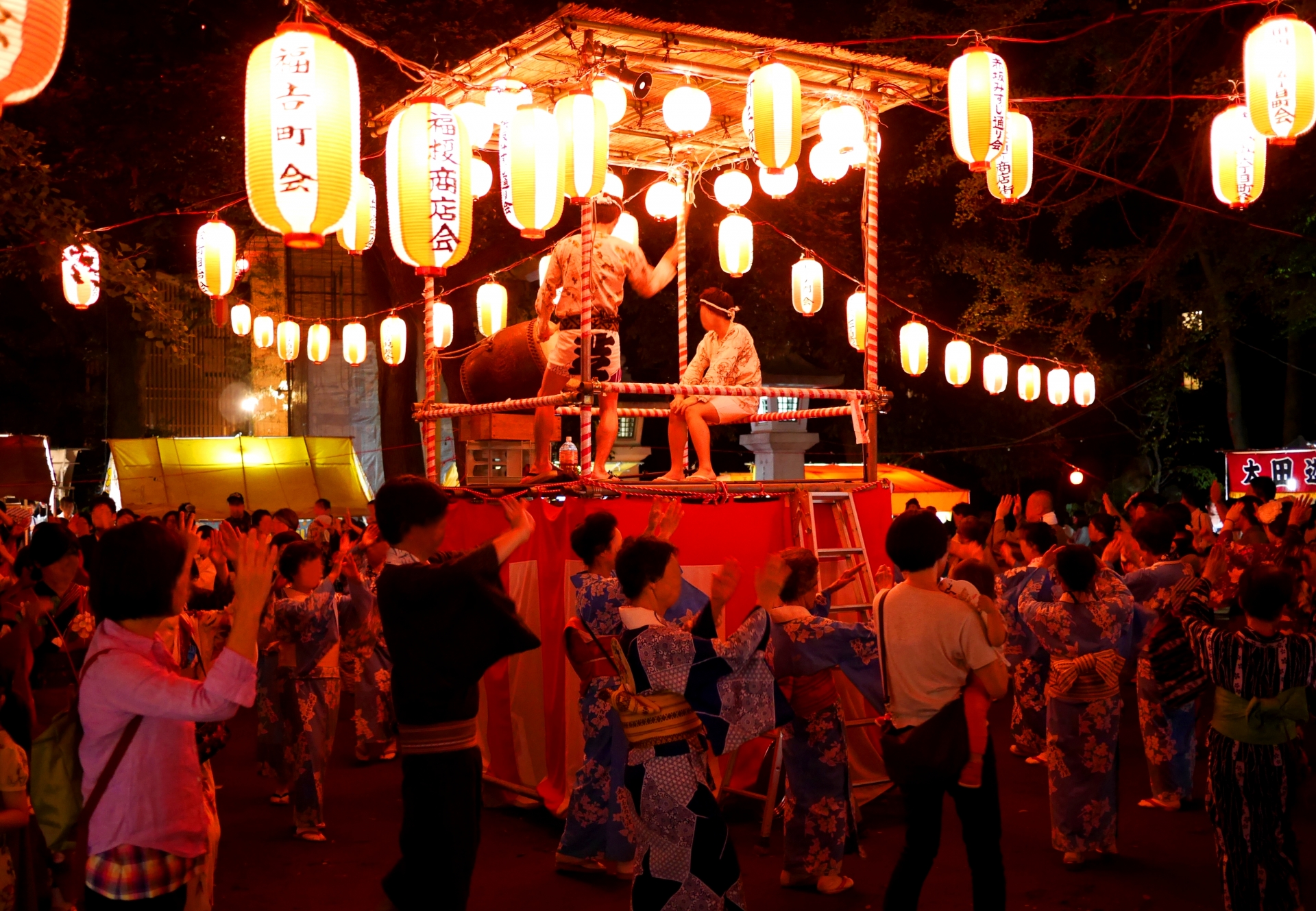
Visiting Shinto Shrines
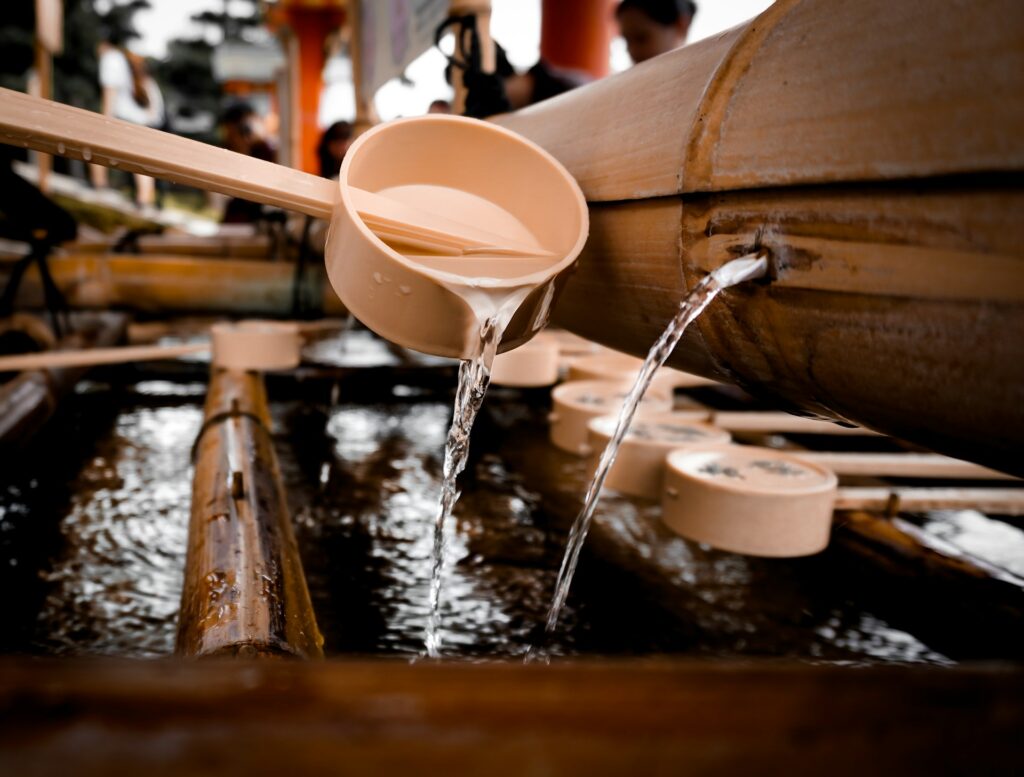
When visiting a Shinto shrine, it is customary to follow certain etiquettes, such as washing hands and mouth at the temizuya (purification fountain) and bowing before passing through the Torii gate, which marks the transition from the mundane to the sacred. Offerings and prayers are typically made at the main hall (haiden) of the shrine, and it is common to ring a bell to attract the attention of the Kami. Visitors also write their wishes on ema (wooden plaques) and tie them at the shrine, hoping for divine intervention.
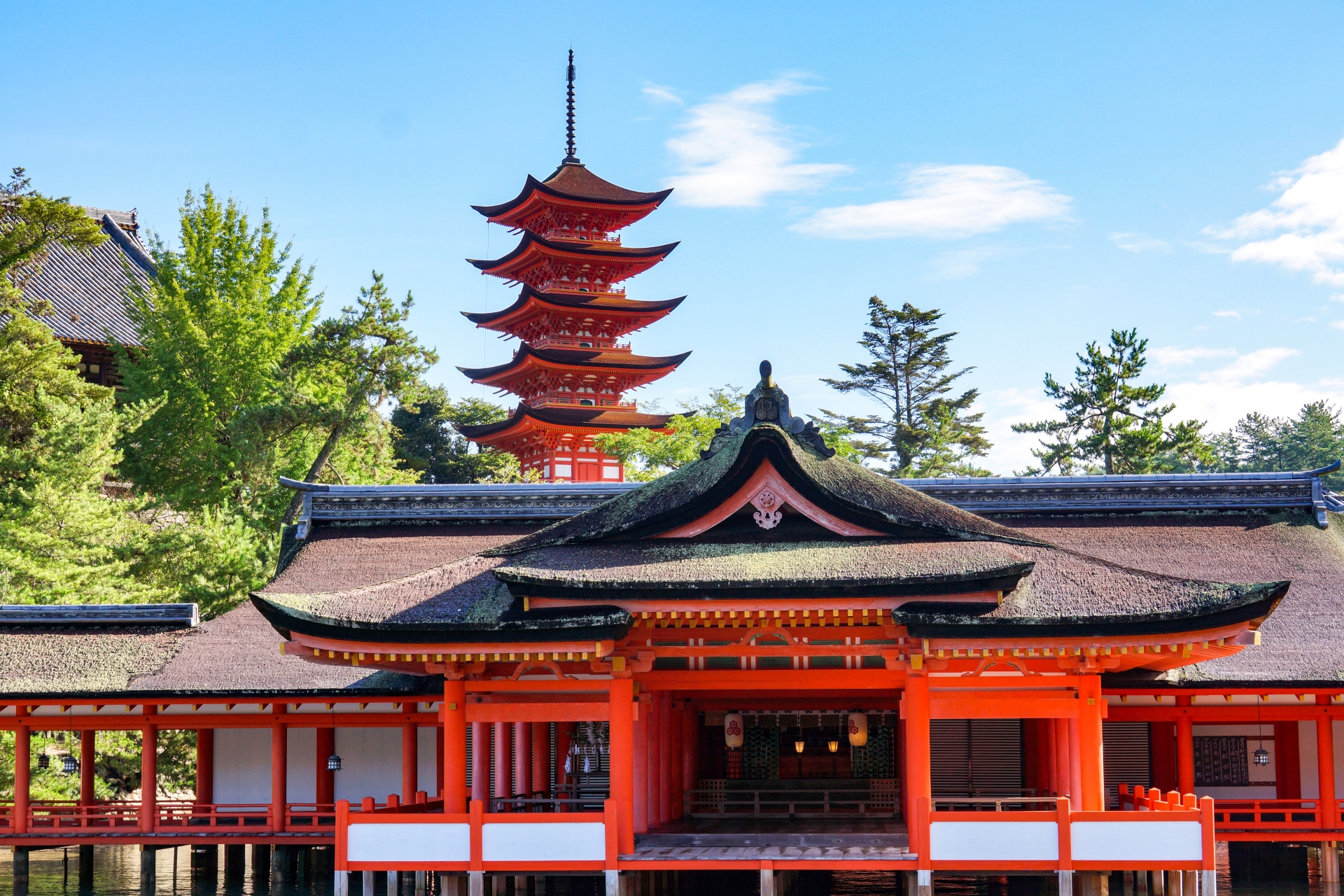
Shinto in Modern Japan
In contemporary Japan, Shinto remains a vital part of cultural identity and daily life. While fewer people may identify explicitly as Shinto practitioners, many participate in Shinto rituals and festivals. Modern Shinto has adapted to urban settings, with smaller shrines situated in cities and even inside buildings. Shinto rituals are still essential in life events such as births, weddings, and New Year celebrations. Despite modernization, Shinto continues to be a significant influence on Japanese values, emphasizing harmony with nature and respect for tradition.
Shinto and Environmentalism
Shinto’s reverence for nature and belief in Kami inhabiting all things naturally aligns with environmental conservation. Many Shinto practices emphasize the sanctity of natural spaces, and shrines often protect and maintain sacred forests (chinju no mori). Modern environmental movements in Japan sometimes draw inspiration from Shinto principles, advocating for sustainable living and the preservation of natural habitats as a form of honoring the Kami.
Shinto in Pop Culture
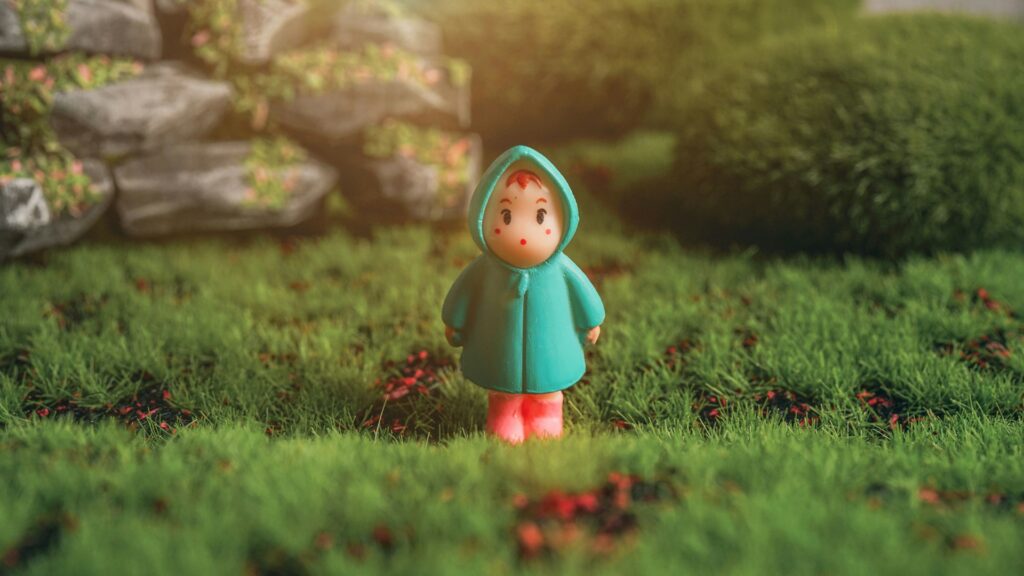
Shinto themes are prevalent in Japanese pop culture, including anime, manga, and films. Works like “Spirited Away” by Studio Ghibli showcase Shinto beliefs and the presence of Kami in everyday objects and places. These representations help to spread Shinto concepts globally and highlight their impact on Japanese cultural identity. The portrayal of shrines, rituals, and Kami in popular media also serves to educate and engage new generations with traditional practices.
Personal Experiences with Shinto
Personal narratives and interviews with practitioners offer a deeper understanding of Shinto. Stories from those who have grown up with Shinto rituals or have adopted its practices later in life provide insights into its spiritual and cultural significance. These accounts illustrate the diversity of Shinto experiences and its role in shaping individual and collective identities in Japan.

